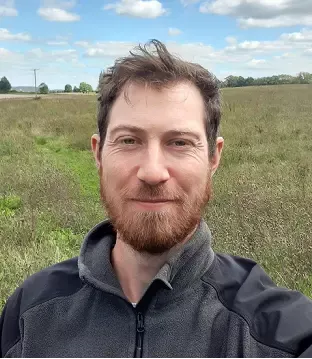
Rory Harding
Nature Recovery Manager

Nature Recovery Manager
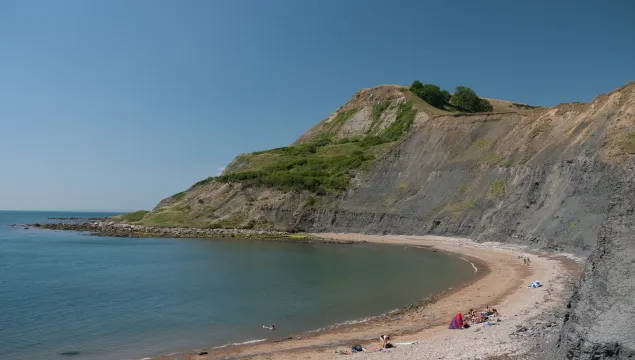
Coastal habitats are found wherever the land meets the sea. With some 17,800km, the UK has one of the longest national coastlines in Europe. The coast is home to many habitats, with cliffs, rocky shores, sand and shingle beaches, sand dunes, mudflats, saltmarshes and machair.
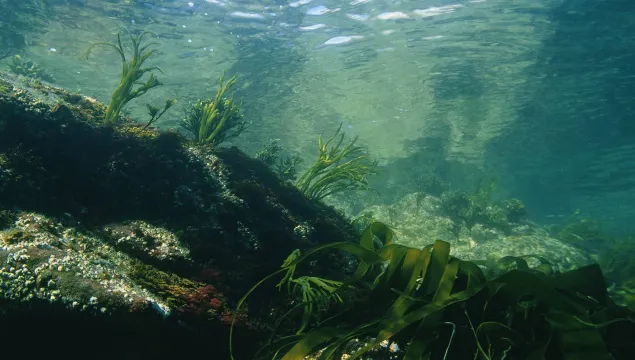
There's another world waiting beneath the waves. Seals weave in and out of sunlit kelp forests, cuttlefish flash all the colours of the rainbow, starfish graze along the muddy seabed and sharks slip through the open water.
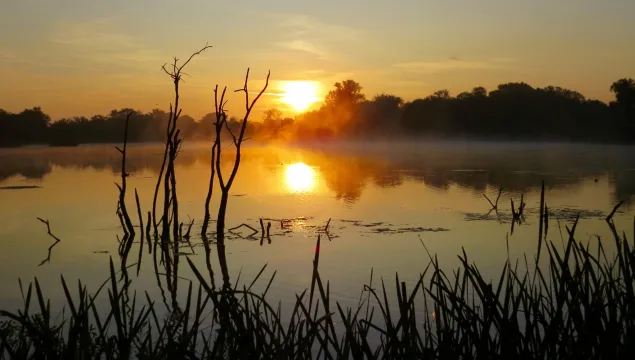
Healthy wetlands store carbon and slow the flow of water, cleaning it naturally and reducing flood risk downstream. They support an abundance of plant life, which in turn provide perfect shelter, nurseries and breeding grounds for wildlife.
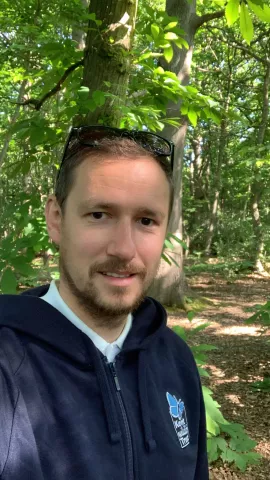
Tom White is Kent Wildlife Trust's Education Manager.

Darent Valley Farmer Cluster Lead.
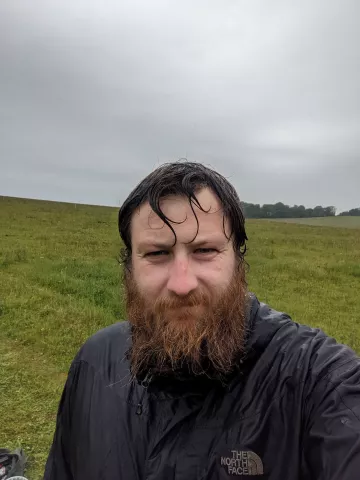
Rob is the Area Warden for Medway at Kent Wildlife Trust.

Guest Author
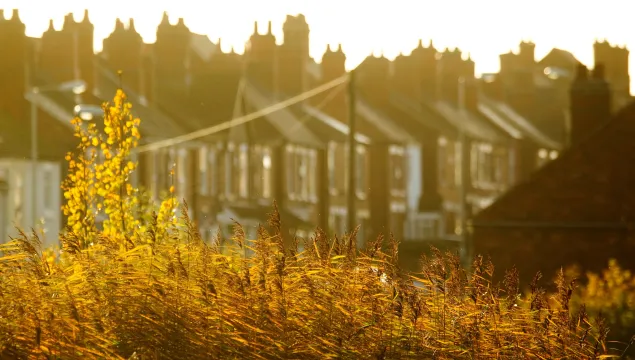
Mandatory biodoversity net gain will ensure new developments in Kent will minimise impacts to nature.
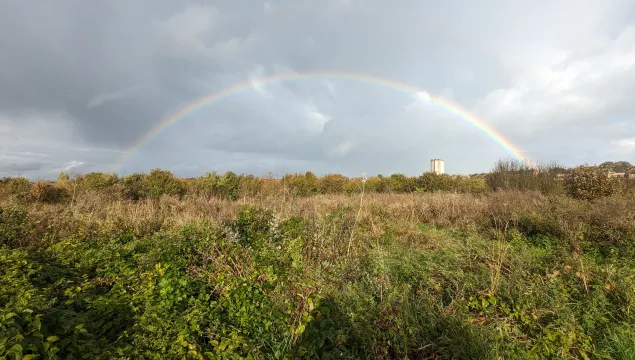
Learn more about how Kent Wildlife Trust are working with landowners to deliver high integrity biodiversity net gain.
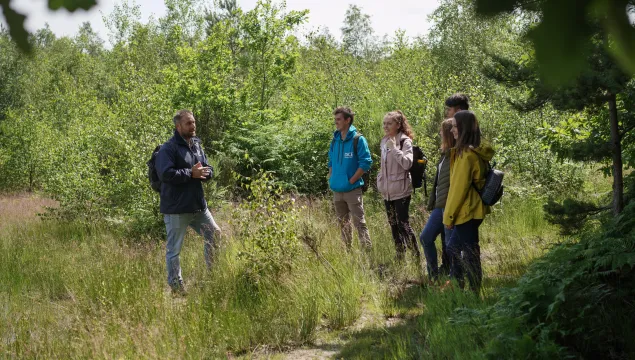
Biodiversity Net Gain will change how local authorities make planning decisions, here's how Kent Wildlife Trust Group can help,
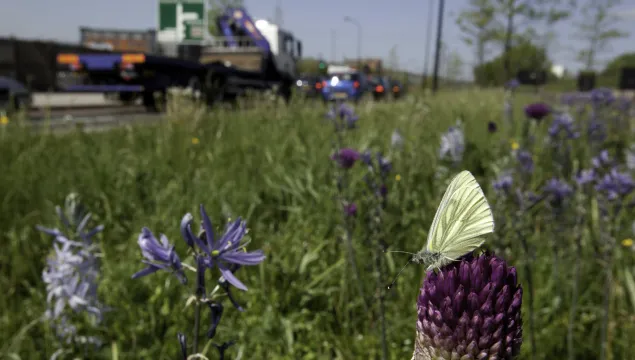
Kent Wildlife Trust Group have developed detailed due diligence processes for projects, buyers and sellers to ensure we only work with partners who are also demonstrating a desire to support nature.